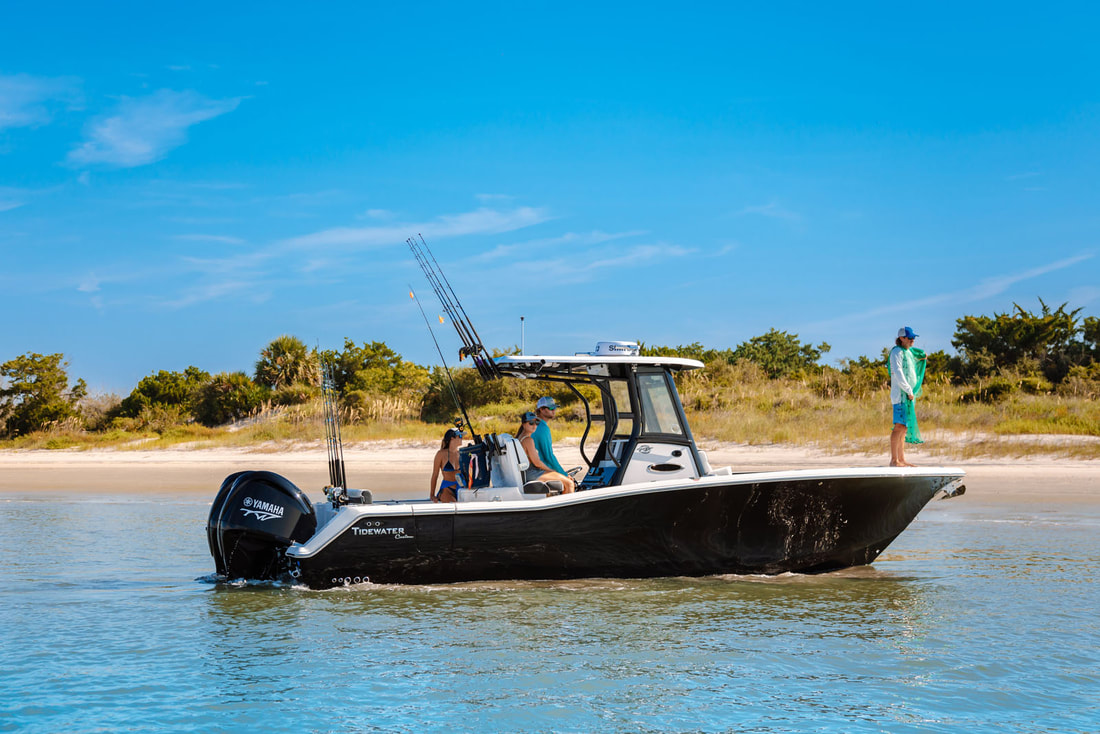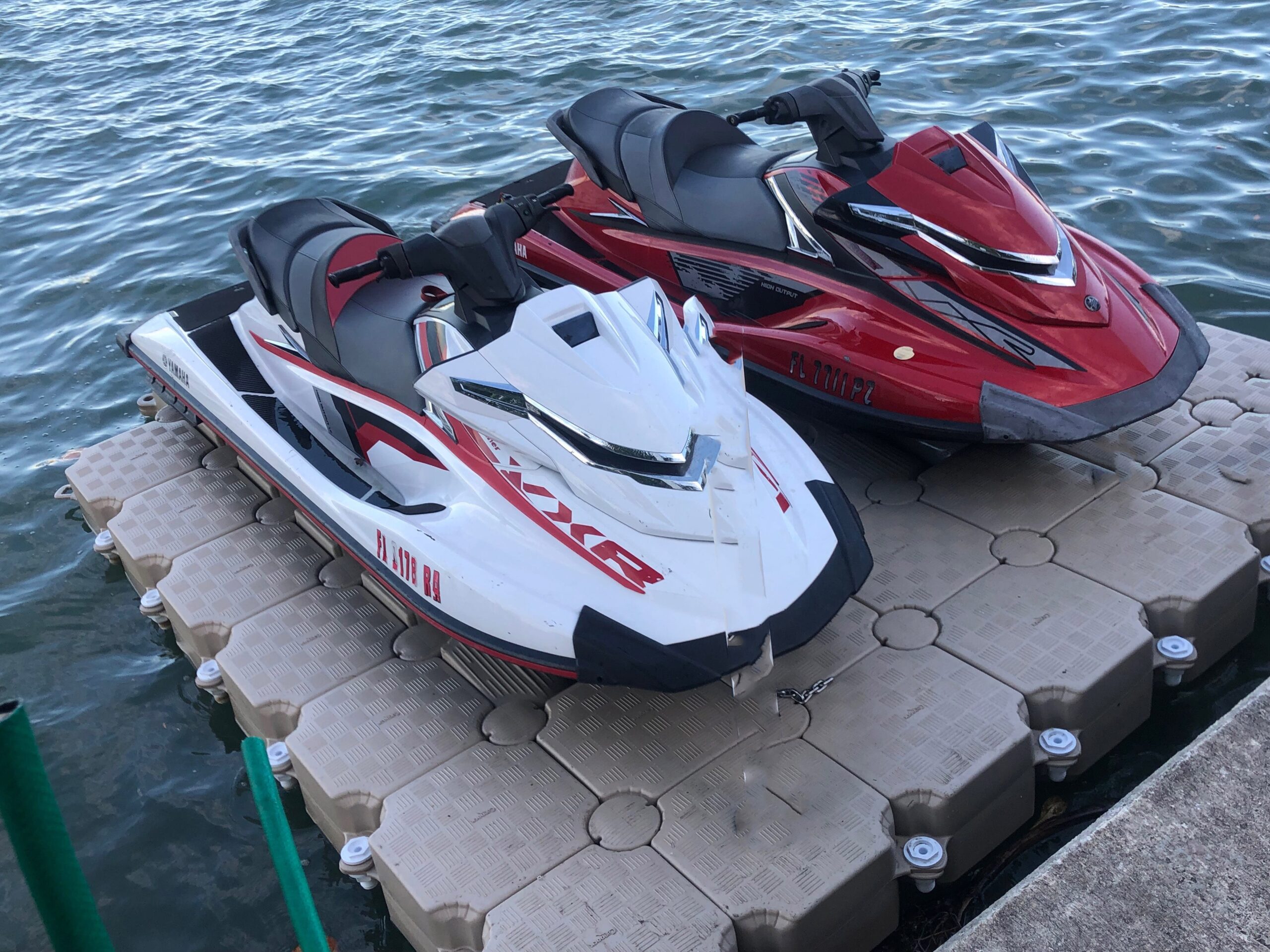Is The Boat Market Crash Here? 2024 Outlook Unveils Key Insights
The boat market has been experiencing a rollercoaster ride over the past few years. COVID-19 and other factors have caused fluctuations in sales, demand, and pricing. As we sail into 2024, many are wondering whether a boat market crash is imminent, or if the industry will continue to find stable waters.
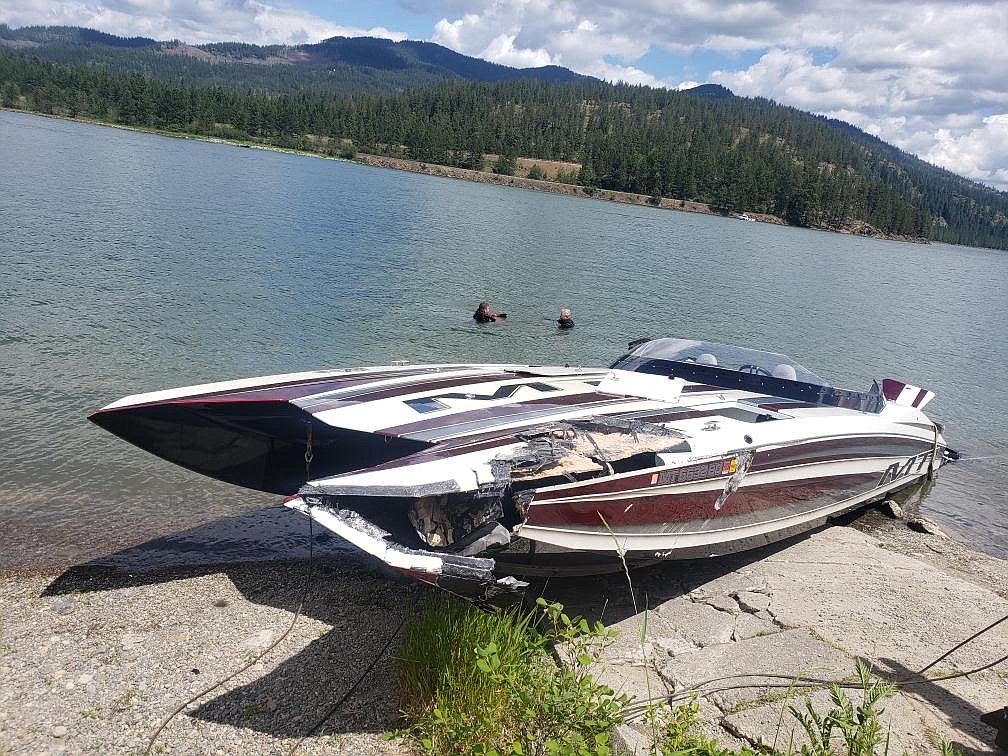
Analyzing the current state of the market and its many implications is vital for both potential boat buyers and industry insiders looking to navigate the uncertain waters ahead.
Various factors come into play when considering if the boat market will crash or remain steady in 2024. As the world grapples with pandemic aftermath and economic recovery, boat pricing dynamics, industry supply chains, and boater behavior/preferences become critical in predicting the market's trajectory.
Furthermore, regional market considerations, financing and ownership costs, and even boat shows and industry events play crucial roles in shaping the boating industry's outlook.
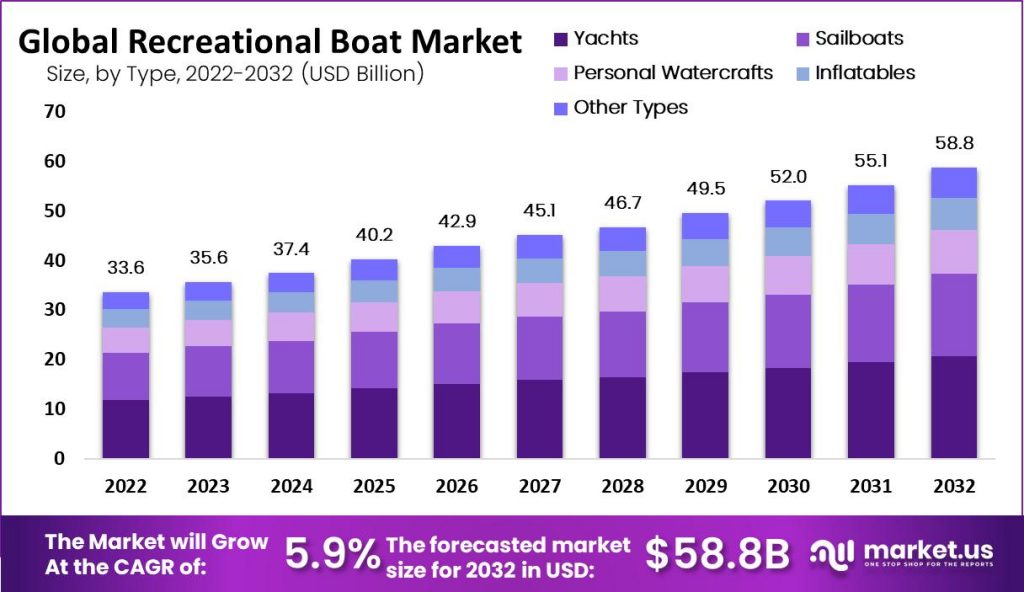
Key Takeaways
- The boat market's stability in 2024 depends on multiple factors, including economic recovery and boater preferences.
- Supply chain issues and regional market dynamics also contribute to potential fluctuations in the boat market.
- Financing and ownership costs can impact boat sales and industry events, highlighting the industry's economic context.
State of the Boat Market in 2024
Current Demand and Sales Trends
In 2024, the boat market is experiencing some significant shifts in demand and sales. The bigger boat market remains strong, while the small boat market is seeing a slowdown in interest.
As mentioned on boatblurb.com, vessels under 30 feet are less popular, experiencing a cold market. The slower sales in this segment may be attributed to the economic climate, as financing rates for these are higher.
In contrast, larger boats are enjoying a booming market, with sustained high prices. According to sportfishhub.com, new boat prices increased 10% on average in 2022 and are forecasted to rise another 2-5% in 2023. Popular brands and models may see waitlists extending into 2024.
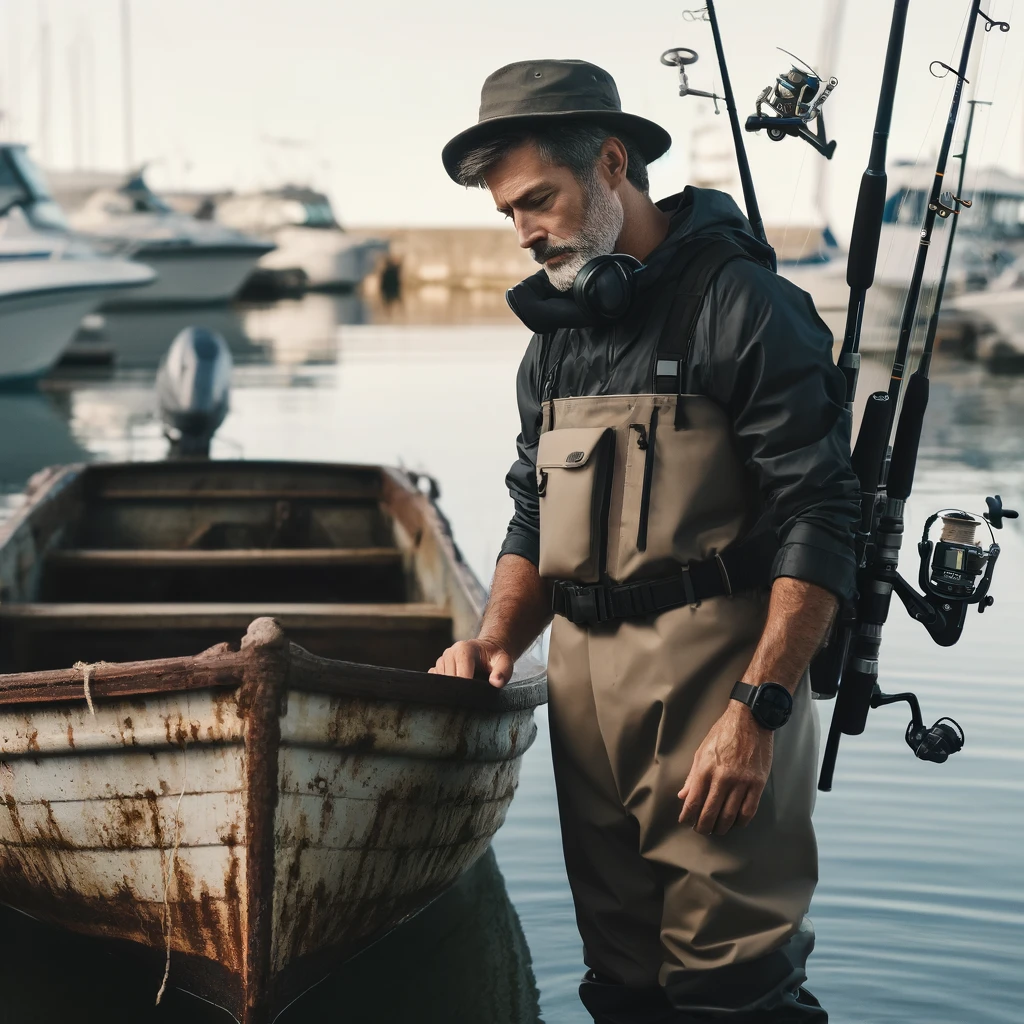
Impact of High Inflation and Interest Rates
High inflation and fluctuating interest rates are not sparing the boating industry. As mentioned in the Future of Boating Report, these factors have significantly changed the industry.
With increased production costs, boat manufacturers are transferring the expenses to the buyers, increasing the prices substantially.
Moreover, high inflation and interest rates are affecting consumer purchasing behaviors. As mentioned on thehulltruth.com, boat prices are experiencing a 10% drop in some areas, signaling a potential market stabilization by the end of 2024. This trend might be driven by less-financing options for boats older than 15 years, limiting the number of potential buyers.
Pandemic Aftermath and Economic Recovery
Effects of the COVID-19 Pandemic on Boating
The COVID-19 pandemic had a significant impact on the recreational boating industry. Demand skyrocketed as people sought outdoor activities that allowed for social distancing and a respite from lockdown restrictions. This led to a boom in boat sales during the height of the pandemic.
However, as the pandemic is gradually brought under control and the economy starts to stabilize, the outdoor-recreation boom appears to be tapering off.
A major factor contributing to this decline is the increase in interest rates in the United States, which has made financing boat purchases more expensive. This has led to a dip in boat sales as buyers reconsider their options.
Additionally, the industry faces challenges in the form of inflation and supply chain disruptions, which have increased the costs of production and put upward pressure on prices for consumers.
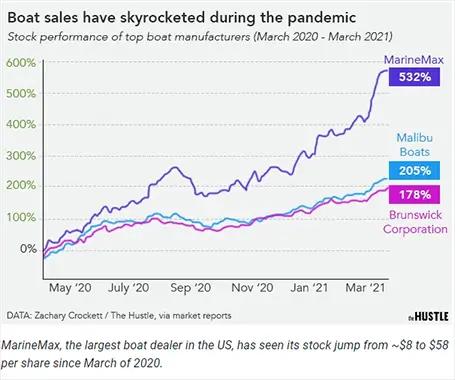
Comparative Analysis: Pre and Post-Pandemic Market Conditions
Before the pandemic, the recreational boating market was already growing steadily. The COVID-19 pandemic created a sudden surge in demand that exceeded pre-pandemic levels. Here's a brief comparison of some key metrics:
- Annual boat sales: During the pandemic, there was a significant increase in boat sales. However, analysts now predict that the demand will taper off in the post-pandemic market conditions.
- Consumer behavior: Prior to the pandemic, outdoor recreation and boating were popular leisure activities. The pandemic intensified this trend, as people sought safe outdoor experiences. The shift may be temporary, with the market potentially returning to its pre-pandemic trajectory once the broader economy recovers.
- Economic factors: Before the pandemic, interest rates were relatively low, making it easier for individuals to finance boat purchases. As economic conditions have evolved and interest rates have risen, this has introduced an additional hurdle for potential boat buyers.
- Supply chain and inflation: Supply chain disruptions and inflationary pressures have affected the boat industry just like other sectors of the economy. While these factors were already present before the pandemic, they have been exacerbated by global economic disruptions during the last few years.
Boat Pricing Dynamics
New Boat Price Trends
In recent years, the boat market has experienced some significant fluctuations in pricing. New boat prices saw an average increase of 10% in 2022, and experts anticipate this trend to continue.
The projected rise for 2023 is between 2-5%, with prices expected to remain higher than pre-pandemic levels into 2024. Several factors are contributing to this upward trend:
- Supply chain disruptions: As the shipping and manufacturing industries grapple with the ongoing effects of the pandemic, the availability of boat parts and materials is hindered, leading to increased costs.
- Demand: With more people interested in boating activities as a form of recreation or escape from daily life, demand for new boats has surged, driving prices up as well.
Used Boat Market Analysis
The used boat market has also experienced price changes, though they may vary depending on various factors, such as the age and condition of the boat.
For example, a 5-year-old, 25-foot center console boat that originally sold for $100K could now fetch between $60-80K on the used market.
As for the future outlook of the used boat market, it is challenging to predict with certainty. Some predictions suggest that a decrease in prices is possible, with factors such as inventory stabilization and eventual changes in demand potentially driving this trend. However, the broader economic conditions also play a significant role in determining the price movement.
Boating Industry's Supply Chain
Inventory Management Strategies
In recent years, the boating industry has experienced significant fluctuations in supply and demand. One of the key challenges for manufacturers and dealers is to maintain an optimal inventory level to meet the evolving market.
Some proactive inventory management strategies include:
- Demand forecasting: Regularly assessing demand trends, seasonality, and market dynamics enables better prediction of future needs.
- Automated reorder points: Implementing technology to track stock levels and automatically trigger replenishment orders can help prevent stockout situations.
- Vendor partnerships: Developing strong relationships with suppliers enables better collaboration and communication, which is crucial during supply chain disruptions.
Supply Chain Issues and Resolutions
In recent years, the boating industry faced supply chain disruptions that have impacted the availability of 2023 inventory.
Limited inventory levels have led to increased prices and longer wait times for popular brands and models.
Some of the key supply chain related challenges in the boating industry include:
- Supply chain disruptions: Global events, such as the COVID-19 pandemic, have impacted the supply of raw materials and components, leading to production delays and backorders.
- Labor shortages: Skilled workforce scarcity in manufacturing plants has contributed to reduced production capacity.
- Transportation bottlenecks: Insufficient transportation capacity or delays due to port congestions may result in extended lead times.
To address these supply chain issues, manufacturers and suppliers in the boating industry have implemented various strategies. These include:
- Diversification of suppliers: Reducing dependence on a single supplier helps mitigate risks related to production delays or supplier bankruptcy.
- Regionalization of supply chains: By sourcing materials and manufacturing closer to their markets, companies can build resilient supply chains less vulnerable to global disruptions.
- Investment in digital transformation: Adopting digital tools can enable better transparency and traceability, ensuring efficient communication among supply chain partners.
Boater Behavior and Preferences
Shifts in Consumer Demand
In recent years, the boating industry has observed a shift in consumer demand towards more versatile, eco-friendly, and technologically advanced boats.
Consumers are increasingly seeking out boats with efficient fuel consumption and lower emissions, as environmental concerns become more prominent.
One popular trend is the growing interest in electric and hybrid boats, as they offer a cleaner and quieter boating experience.
Additionally, well-maintained used boats have become an attractive option for budget-conscious boaters who prioritize sustainability.
Advancements in technology have also driven changes in boater preferences.
Autonomous features such as auto docking have gained popularity, as they simplify the boating experience and make it more accessible to a wider range of consumers.
Thanks to cutting-edge sensors, GPS systems, and smart algorithms, docking has become significantly easier and safer.
Buying Behavior of Recreational Boaters
Recreational boaters have also shown a shift in their buying behavior.
With the high demand and delayed availability of new boats, many boaters are now considering the secondary market.
A key driver of this trend is the growing appreciation for well-maintained used boats that offer comparable performance to new models at a fraction of the cost.
Budget-conscious consumers are now more inclined to explore financing, leasing, or even boat-sharing options to fulfill their boating desires.
Moreover, some potential boat buyers have turned to alternative water-based activities, such as kayaking or stand-up paddleboarding, to satiate their thirst for aquatic experiences.
In response to these changes, the boating industry has had to adapt its offerings, promotions, and marketing strategies to cater to the evolving preferences of the modern boater.
Many manufacturers and dealers are now focusing on providing a seamless customer experience, offering extensive after-sales support, and forging long-lasting relationships with their clientele.
Boating Industry's Economic Context
The Role of Boating in Outdoor Recreation
The boating industry is an important component of the outdoor recreation sector, which has experienced significant growth in recent years.
Boating activities, such as fishing, cruising, or watersports, are popular among both families and individuals looking to spend time outdoors.
This increased interest in boating has had a positive impact on the recreational boating market, which is estimated to be worth around $27.32 billion in 2024.
Some of the key factors driving this growth are:
- Convenience: With advancements in technology, modern boats now offer greater convenience and ease of use, making them more appealing to a larger audience.
- Accessibility: The popularity of boat-sharing services, such as Freedom Boat Club, has contributed to greater accessibility, thus boosting participation in boating activities.
- Health and Wellness: Outdoor recreation as a whole has gained attention due to its impact on physical and mental well-being, further encouraging people to engage in activities like boating.
Economic Impact on U.S. Businesses and Jobs
The boating industry has had a significant economic impact on the U.S. economy, contributing to the growth of various industries and creating job opportunities. Some key insights regarding the boating industry's impact include:
- Boat Manufacturers and Dealers: The demand for new and used boats has led to increased production and sales, benefiting both manufacturers and dealers.
- Marinas and Boat Storage Facilities: As more people participate in boating activities, marinas and boat storage facilities have experienced higher demand, directly contributing to the local economy.
- Maintenance and Repair Services: With more boats in use, the demand for maintenance and repairs has risen, creating jobs for skilled technicians and mechanics.
- Boating-Related Businesses: The boating industry has a trickle-down effect, generating business for other industries, including equipment and accessory manufacturers, insurance companies, and marine construction companies.
Marine Technology and Sustainability
In recent years, the marine industry has witnessed significant advancements in technology aimed at promoting sustainability and reducing the environmental impact of boating activities. Some key areas of focus include innovative new products, alternative marine fuels, and novel propulsion systems that are better for our planet.
Advances in Propulsion Systems
The marine industry is seeing a steady shift towards more environmentally friendly propulsion technology innovations.
Electric and hybrid propulsion systems have become increasingly popular as boaters demand cleaner alternatives to traditional fossil fuel-powered engines.
These systems not only reduce emissions but also offer potential cost savings and a quieter boating experience.
In addition to electric propulsion, hydrogen-fueled marine engines are gaining attention.
Hydrogen, when used as a marine fuel, emits only water vapor and heat - making it an attractive option for decarbonization in the marine industry. However, challenges such as fuel production, storage, and infrastructure need to be addressed for these systems to become mainstream.
Decarbonization in the Marine Industry
One of the primary obstacles in achieving a carbon-neutral marine sector is the lack of sustainable marine fuels to replace fossil fuels currently in use.
Recent developments in this domain involve the exploration and implementation of various renewable fuel options:
- Biofuels: Produced from biological sources such as plant and animal waste, biofuels offer a more sustainable alternative to fossil fuels.
- Synthetic fuels: Created by combining hydrogen with carbon dioxide captured from the atmosphere, synthetic fuels are carbon-neutral, but their adoption is limited due to high production costs.
- Renewable natural gas: Methane emitted from organic waste can be captured and used as a renewable fuel source, reducing greenhouse gas emissions.
Another critical aspect of decarbonization in the marine industry is formulating and adhering to marine electric technology standards.
These standards help ensure that new products and technologies developed for sustainable marine applications conform to specific guidelines, promoting safety, efficiency, and compatibility across the sector.
Regional Market Considerations
North American Boat Market Overview
The North American boat market has shown resilience in recent years despite economic uncertainties. According to the National Marine Manufacturers Association (NMMA), several industry trends have emerged as we enter 2024:
- New boat prices: Due to various factors, the prices of new boats are expected to remain high in 2023 and 2024, with an average increase of 2-5% in 2023.
- Waitlists: Popular brands and models may have waitlists extending into 2024, due to high demand and supply chain challenges.
The boat market's growth has been further driven by changes in consumers' preferences, with more people opting for outdoor and recreational activities. Brunswick Corp is one of the leading companies in the industry, highlighting the potential for market expansion in North America.
Market Nuances in States like Florida and New York
The boat market outlook varies across different states in North America, with Florida and New York having unique market characteristics.
- Florida: Known for its warm weather and coastline, Florida has long been a popular destination for boating enthusiasts. The state's market is heavily influenced by the demand for larger boats and yacht sales.
- New York: The boat market in New York is driven primarily by recreational boaters and fishing enthusiasts. The demand for smaller boats is more prevalent here compared to Florida.
Financing and Ownership Costs
When considering the purchase of a boat, it's essential to take into account not only the initial cost but also the ongoing expenses associated with ownership.
This includes factors such as financing and borrowing costs.
The boat market is currently experiencing a significant impact on financing options and borrowing costs.
While new boat prices increased by 10% on average in 2022 and are forecast to rise another 2-5% in 2023, consumers and dealers may face elevated borrowing costs for months to come.
This could make it more expensive for potential buyers to secure financing, affecting the overall demand for boats.
Moreover, the boat market is highly price sensitive. As a result, any increase in production costs or borrowing rates may cause potential buyers to reconsider their purchase decisions.
The sub-30-foot boat category is particularly affected, with most boats being financed and consumers being more cautious due to uncertainty in the market. This has created a buyer's market for smaller vessels.
When assessing boat ownership costs, it is crucial to consider the following expenses:
- Loan Payments: The monthly loan payments depend on the boat's price, the down payment, the interest rate, and the loan term.
- Insurance: The cost of insurance varies depending on the type, size, and value of the boat.
- Maintenance and Repairs: Routine maintenance and occasional repairs are essential to keep the boat in good condition.
- Storage: Boats need to be stored on land or in the water when not in use. Storage costs will depend on the location and the type of storage facility.
- Fuel: The cost of fuel will depend on the boat's size, engine type, and usage frequency.
Boat Shows and Industry Events
Effect of Boat Shows on Buyer Sentiment
Boat shows play a crucial role in the boating industry, particularly in shaping buyer sentiment and trends.
Major events like the Dubai International Boat Show showcase stunning superyachts and cutting-edge nautical innovations, which can directly influence consumer confidence.
These events allow potential buyers to explore various boat models, compare prices, and feel more informed before making a purchase.
In 2024, the continuing trend of high-profile boat shows is expected to maintain the enthusiasm of buyers and contribute to the healthy growth of the boating market.
For instance, the latest boat shows have displayed a variety of 2023 and some 2022 boats, indicating the strong demand and positive outlook in the industry.
Winter Boat Shows and Their Influence on Sales
Winter boat shows often hold a special importance in the industry, as they mark the beginning of a new boating season.
These events are designed to draw in consumers who are preparing for the year’s boating activities, while also introducing them to new products and innovations.
Despite the challenges faced by the industry in recent years due to supply chain disruptions and rising boat prices, boat price trends suggest that sales continue to remain strong.
Winter boat shows play a significant role in sustaining this momentum, as they entice potential buyers and maintain consumer engagement with the latest boating trends.
Visiting a winter boat show allows consumers to take advantage of purchase incentives, special offers, and expert advice.
Moreover, boat manufacturers utilize these events to showcase their newest models and innovations, capturing the attention of potential buyers.
Production and Builders' Perspectives
Challenges Facing Boat Builders
Boat builders in 2024 are confronting a variety of challenges.
Among the most significant are the lingering supply chain disruptions that have led to increased boat prices. This has strained builder resources and placed pressure on the bottom line.
Another issue faced by builders is the demand for more environmentally friendly, sustainable materials in their production processes, such as the use of fiberglass.
Additionally, current industry trends toward autonomous docking and advanced navigating features are further stretching the capabilities of many boat builders, as they must rapidly adapt to new technologies and respond to shifting market demand.
Production Adjustments and Innovations
Many boat builders are making strategic adjustments to their production process, such as investing in new technologies.
They are developing and incorporating advanced assistance systems, like Volvo Penta's Assisted Docking system and Avikus's Neuboat Dock, which utilize sensors, GPS, and algorithms to streamline docking efforts.
Boat manufacturers are also reconsidering their use of materials.
Fiberglass, for example, has long been a popular choice for boat construction, but the industry is shifting toward more environmentally friendly, sustainable alternatives.
These changes are vital to meet customer expectations and adapt to regulations, while also supporting more efficient production.
Market Projections and Future Trends
Predictions for New Powerboat Retail Sales
Experts predict that new boat prices will remain high in 2024 due to various factors affecting the industry.
New boat prices increased by an average of 10% in 2022 and are forecasted to rise by another 2-5% in 2023.
Popular brands and models may have waitlists extending into 2024, sustaining the high prices.
The small boat market, however, is experiencing a different trend.
Boats under 30 feet in size are currently in a buyer's market. This disparity is due to the majority of small boats being financed, with consumers being more cautious in response to media coverage of economic fluctuations.
Emerging Technologies and Market Disruptors
Innovations in the boating industry have the potential to reshape market trends in the coming years.
Some emerging technologies that could have an impact on the market include electric propulsion systems, renewable energy sources, and artificial intelligence for navigation and control.
Among these technologies, electric propulsion has been gaining significant traction in recent years.
With growing concerns over the environmental impact of traditional fuels, electric-powered boats are becoming more appealing to consumers.
As a result, major manufacturers are investing in the research and development of electric motors and batteries to offer more efficient and environmentally friendly options.
In addition to electric propulsion, renewable energy sources such as solar and wind power are also making their way into the boating industry.
Solar panels and wind turbines are being incorporated into the design of new boats, providing a supplemental power source while reducing the vessel's overall carbon footprint.
The integration of artificial intelligence and advanced navigation systems is another promising disruptor in the market.
Sophisticated software and sensor technologies allow for improved navigation and safety, while offering a more personalized experience for boaters.
By adopting advanced AI and automation, manufacturers can create a more accessible and enjoyable experience for all levels of boaters.
Quality of Life and Recreational Boating
Recreational boating has seen significant growth in recent years. Individuals increasingly prioritize leisure and outdoor activities to enhance their quality of life.
The recreational boating market was valued at USD 27.32 billion in 2024. It is projected to reach USD 36.78 billion by 2029, growing at a CAGR of 5.10%.
As people's interest in outdoor recreational activities rises, so does their desire to spend time on the water. Boating offers various benefits to enhance one's quality of life, such as:
- Physical activity: Engaging in water sports or simply maneuvering a boat offers a form of exercise, promoting overall health and well-being.
- Mental health: Spending time on the water can help reduce stress and anxiety, providing a calming and tranquil environment to unwind.
- Family bonding: Boating offers opportunities for families to spend quality time together, strengthening relationships and creating memorable experiences.
- Connection with nature: Being on the water allows people to connect with nature, appreciate its beauty, and foster a sense of environmental responsibility.
Even though the boat sales have cooled down in 2024 due to the post COVID-era demand surge, recreational boating remains a popular choice for outdoor activities. Various factors have driven the industry's growth, including innovations in boat designs, eco-friendly alternatives, and increased accessibility for a wider range of individuals.
Despite the overall positive outlook, potential boat owners should carefully consider the costs and responsibilities associated with owning a boat. These may include maintenance, insurance, and storage fees, as well as the impact of fluctuating fuel prices and the potential for waitlists on popular brands and models extending into 2024.
Frequently Asked Questions
How has the 2024 economic climate influenced boat sales?
The current economic climate in 2024 has led to elevated borrowing costs, which in turn has a negative impact on the sales of boats in the US market. Boat stocks have struggled to start off the year, making it more challenging for consumers and dealers to afford financing options for boat purchases.
What predictions are experts making for boat market trends in the next year?
Experts predict that new boat prices will remain high in 2024, due to various contributing factors. New boat prices increased by 10% on average in 2022 and are forecast to rise another 2-5% in 2023. The high demand for boats and extended waitlists for popular brands and models are expected to sustain these price trends into 2024.
How might regional differences, such as those in California, affect the 2024 boat market?
Regional differences, such as the unique environmental regulations and state-specific economies, can impact the boat market in various ways. While this information isn't directly available for California, be aware that local market conditions might be different from the national trends as they can be influenced by the regional economy, local regulations, and consumer preferences.
What are the potential risks for boat buyers and sellers in a volatile market?
In a volatile boat market, buyers may face higher prices coupled with limited availability of desired models, as well as fluctuating interest rates on loans. Sellers, on the other hand, may need to compete with a smaller pool of potential buyers and may experience longer wait times for selling their boats, potentially at a lower price than anticipated.
Are current financial conditions presenting a buyers' market for boats?
Despite the challenging market conditions, the boat industry appears to be resilient in the face of inflation, falling stock prices, and recession fears. This suggests that demand for boats remains high, and it might not be a traditional buyers' market. However, certain segments of the market or specific regions might experience different market dynamics.
How is the boating industry adapting to the potential market changes in 2024?
The boating industry is continuously adapting to market changes and consumer demands.
Manufacturers and dealers are working to improve efficiency, address supply chain challenges, and develop innovative products to enhance the boating experience.
As new technologies and market trends emerge, the industry is expected to respond by offering new models and services to better cater to evolving customer needs.
Charlie is Editor-in-Chief of Sea Magazine


